Take a tour of the 2018 Russia World Cup stadiums
Thứ Năm, 27/04/2017, 17:18
Russia has spent more than $10 billion building stadiums and infrastructure for the 2018 World Cup, which will be the first time soccer's showpiece tournament has been played in Eastern Europe.
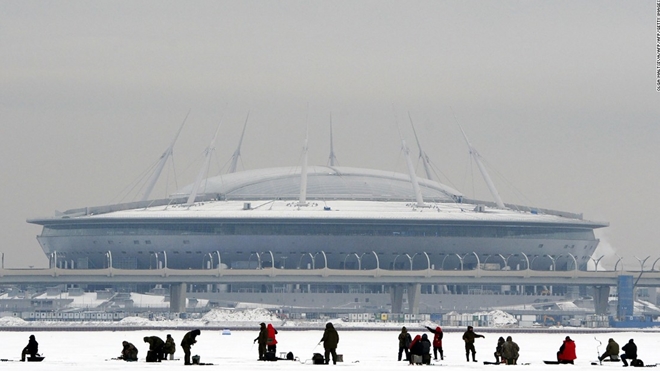 |
| St. Petersburg Stadium, Saint Petersburg – The city of St. Petersburg’s new stadium was built on Krestovsky Island where the 110,000-capacity Kirov Stadium used to stand. |
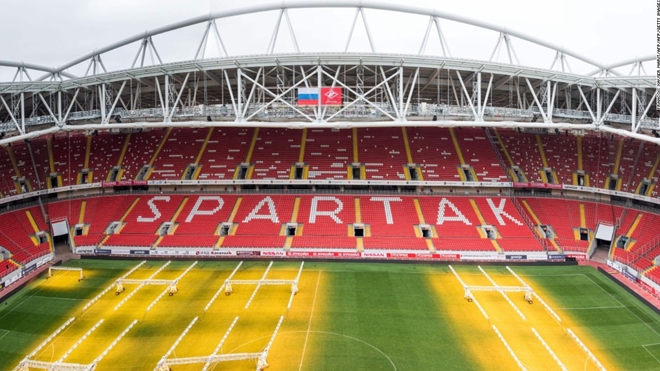 |
As well as hosting Spartak Moscow and Russian national side, the stadium will provide the center piece for a new residential development.
|
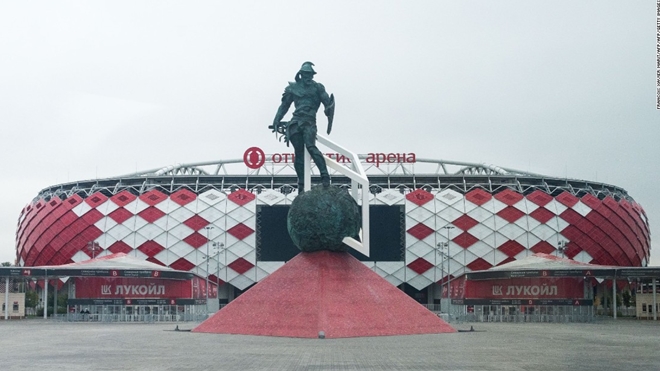 |
| Spartak Stadium, Moscow – Built to host Spartak Moscow — the “people’s team” which has made do without its own venue for almost a century — the 43,298-seater Spartak Stadium will go on proving its worth long after the World Cup. The arena’s façade features hundreds of red and white diamonds representing Spartak Moscow’s logo, which change color when the Russian national side come calling. |
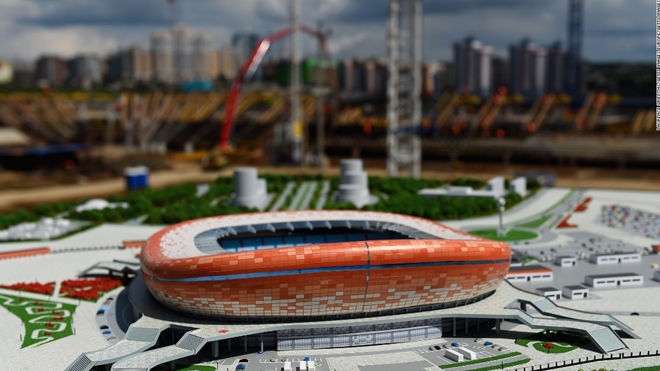 |
| Mordovia Arena, Saransk – Set to feature a striking orange, red and white exterior, construction on Saransk’s 44,442-seater Mordovia Arena began in 2010 on the 1000th anniversary of the Mordovian people’s unification with Russia’s other ethnic groups. |
 |
| Nizhny Novgorod Stadium, Nizhny Novgorod – Situated at the confluence of the Volga and Oka rivers, the Nizhny Novgorod Stadium is designed to resemble the shimmering waters that surround it. The 45,331-capacity arena will built close to the Alexander Nevsky cathedral and have views across to the Nizhny Novgorod Kremlin. |
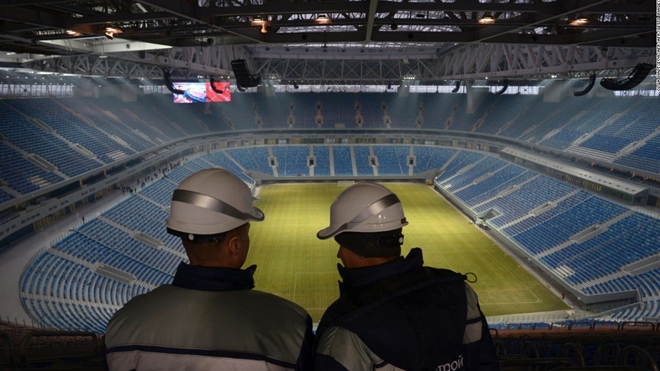 |
Designed by late Japanese architect Kisho Kurosawa to look like a spaceship, the St. Petersburg stadium is equipped with a retractable roof and sliding pitch. Inside, the temperature can be regulated to a mild 15 degrees Fahrenheit all year around.
|
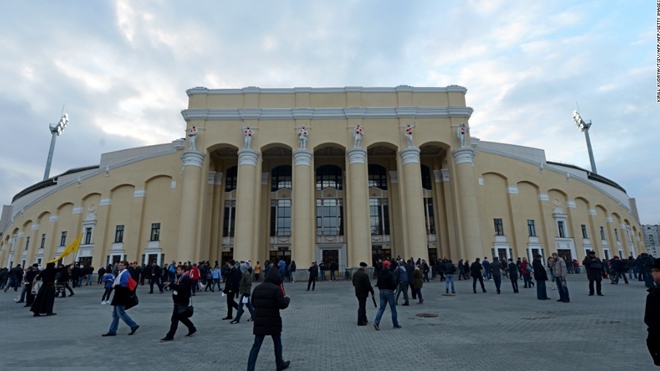 |
| Ekaterinburg Stadium, Yekaterinburg – Located 1,000 miles east of Moscow on the site of the Central Stadium — once a prominent speed skating venue — the Ekaterinburg Stadium will retain the original Soviet neo-Classical pillars while adding modern refurbishments and temporary stands. |
 |
| Kaliningrad Stadium, Kaliningrad – Built in the heart of Kaliningrad on Oktyabrsky Island — a section of land sandwiched between Poland and Lithuania left largely untouched until its selection as a World Cup venue — the Kaliningrad Stadium is loosely based on the design of Bayern Munich’s Allianz Arena. |
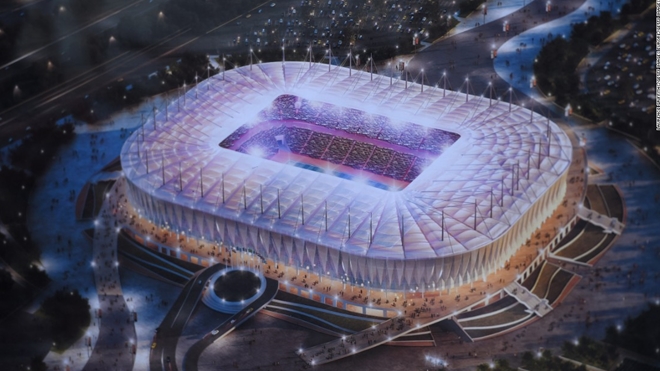 |
| Rostov Arena, Rostov-on-Don – The varying heights of the stands in the Rostov Arena will allow spectators to take in not just the match action, but views of the city outside. Located about 20 miles from the Sea of Azov in south eastern Russia, summer temperatures in Rostov-on-Don typically exceed 68 F. |
 |
As one of the first major projects built on the southern bank of the Don River, architects hope the stadium will attract a flow of people and investment from the north. It will also host Russian Premier League side FC Rostov’s home fixtures.
|
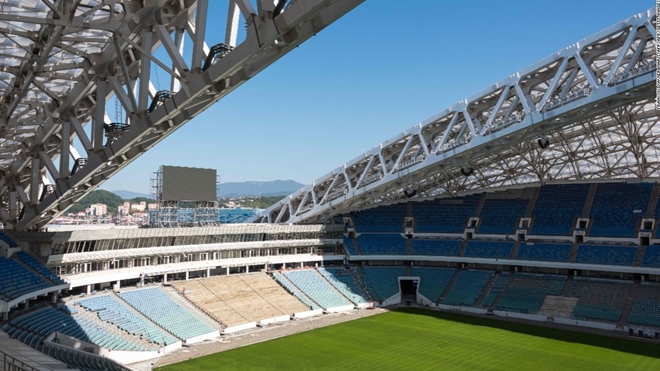 |
The Fisht Stadium held the opening and closing ceremonies of the 2014 Winter Olympics and is already well-equipped for the demands of a major international football tournament. Named after Mount Fisht, a peak in the nearby Caucasus mountain range, the arena was designed to resemble a snow-capped summit.
|
CNN












